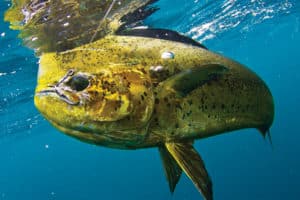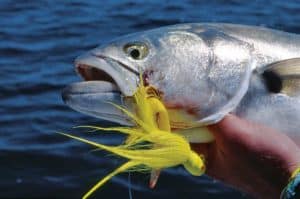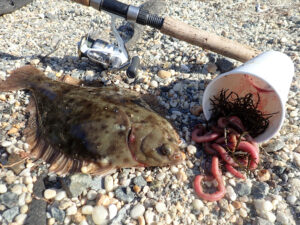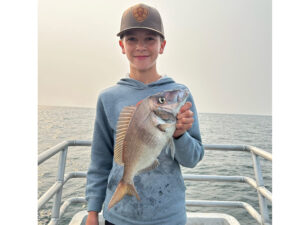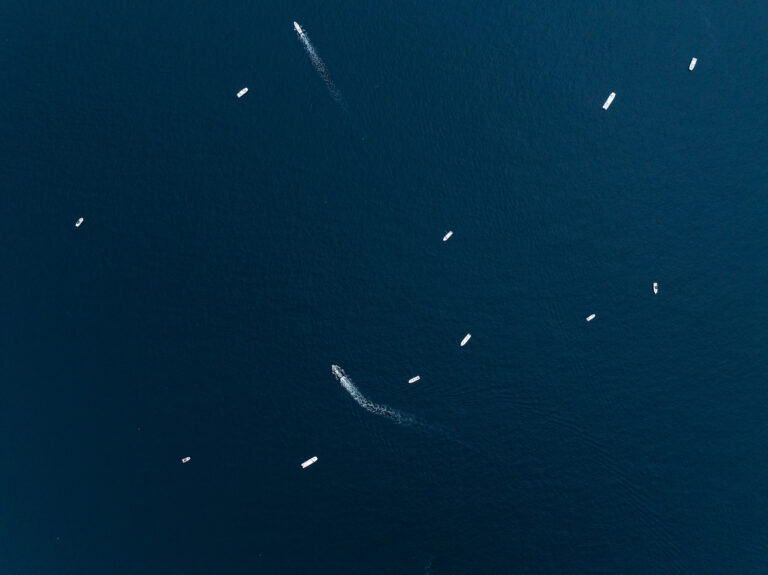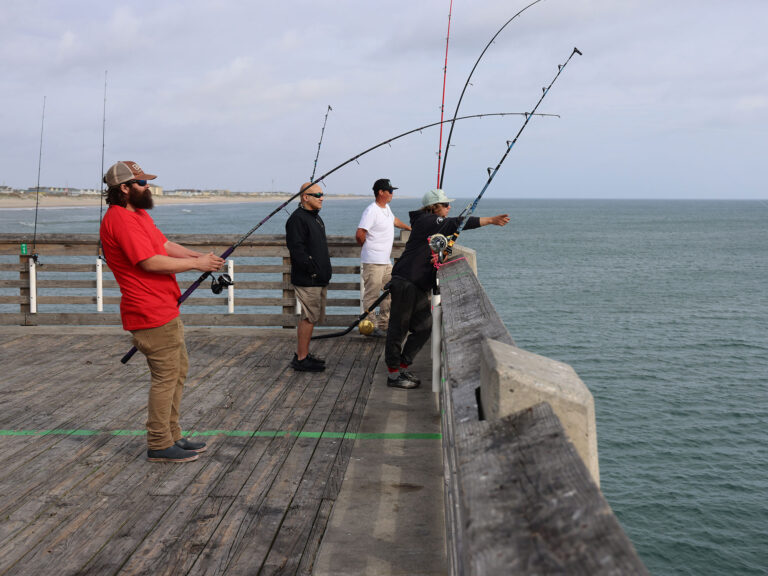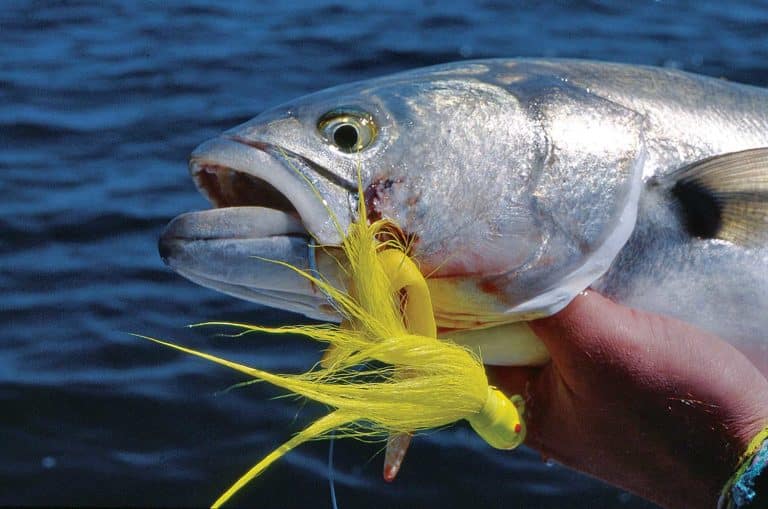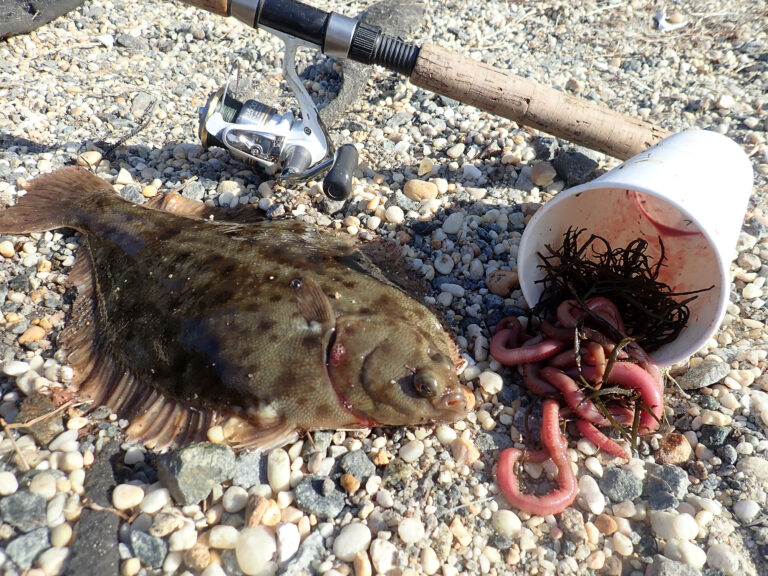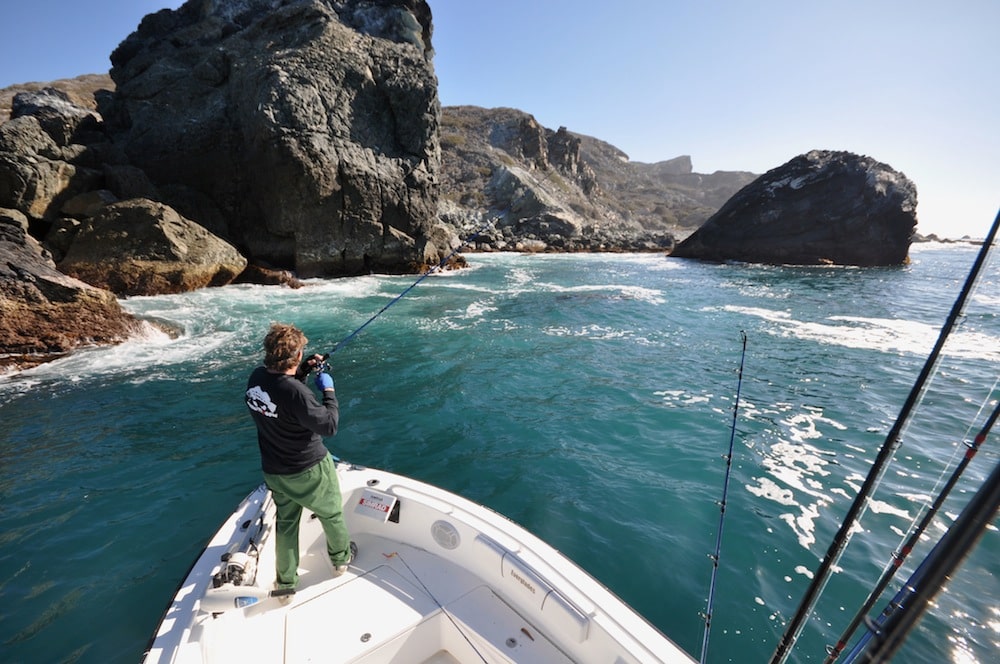
The surging turbulence where ocean waves careen into the shallows creates rich hunting areas for game fish such as calico bass, redfish, roosterfish, striped bass and tarpon. Despite the dangers, boating anglers have found methods to get close and pull fish from under the menacing waves and foam. I talked to a few veteran anglers to glean six principles for fishing successfully and safely near the pounding surf.
If in Doubt, Stay Out
Stay away from the breaking waves when conditions are too gnarly. “If the swells are big, I steer clear of shore rocks,” says Capt. Benny Florentino, a guide and tournament angler who regularly braves Pacific swells in pursuit of calico bass ranging up to 9 pounds in the rocky shallows off Southern California.
Capt. Greg Hildreth, who guides guests to big redfish and tarpon amid the wave-swept shoals of the Georgia coast aboard his 20-foot Action Craft bay boat, echoes that sentiment. “If you see big breakers blowing through — any thing bigger than 4 feet — it’s time to go elsewhere.”
Despite being on opposite coasts, both Florentino and Hildreth believe in observing each spot from a safe distance before moving in. “I might watch a spot for 15 or 20 minutes to see what the wave patterns are like,” says Florentino. “This gives me an idea of how to fish it safely on any given day, but some days I just drive away, because no fish is worth risking lives.”
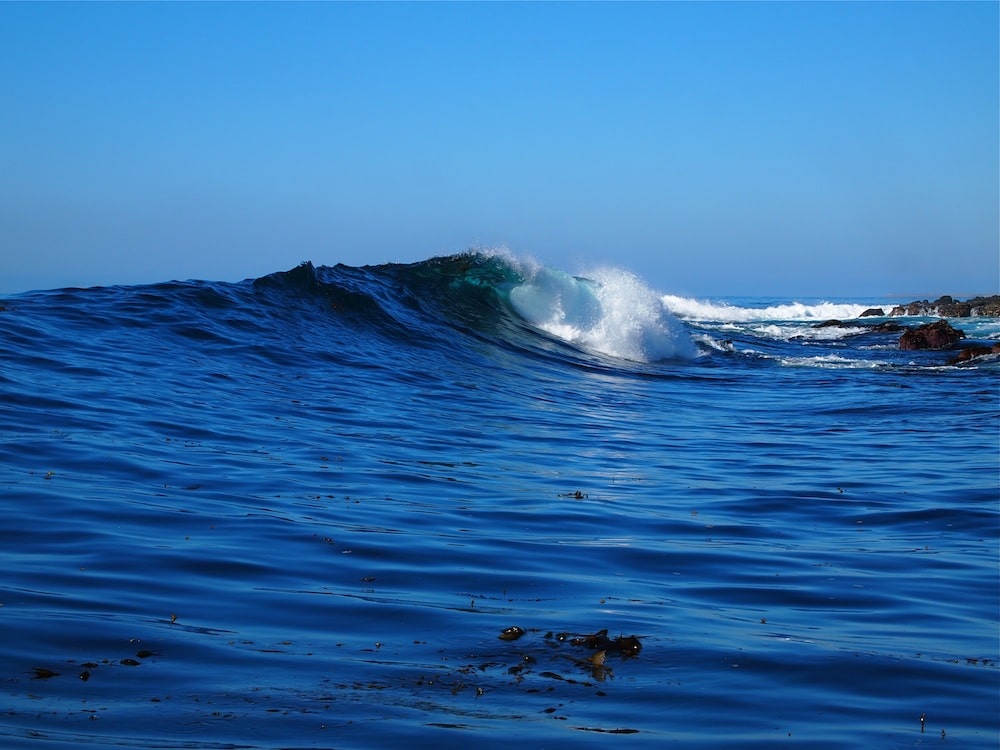
Plan an Exit Strategy
Even after evaluating a spot, a set of big waves can still roll in unexpectedly. So plan in advance how you’re going to escape. Running straight out, trying to get over a wave before it breaks can lead to catastrophe, according to Hildreth, who anchors his boat outside the breakers to fish.
“If I see a rogue swell coming, a wave that might break early, I crank up the motor and attack the swell at an angle,” he says. “I don’t even bring in the anchor, because there’s no time, but rather pull it behind as we’re heading out.” In quartering the wave, the boat is less likely to get pitched over backward or crash down hard on the backside.
“It’s often better to run in a bit, and then turn and aim for the ‘shoulder’ of the wave where the water is deeper and the wave’s not breaking,” explains Erik Landesfeind, who fishes for California’s calico bass from an 18-foot Blazer Bay boat.
When fishing on the inshore side of a “boiler” rock or shoal, the best tactic is sometimes to do nothing. “Let the wave break outside of you and disperse its energy,” Landesfeind advises. “Then all you have to deal with is the more-gentle shore wash.”
Keep the Big Motor Running
Some anglers like to work jetties and shore rocks with a bow-mounted trolling motor. Yet, when fishing around breakers, you should leave the trolling motor up and keep the big motor running, if you’re not anchoring, according to Landesfeind. “A lot of young guys charge in to fish, and drop in their trolling motor and turn off the big motor, and that’s a big mistake,” he says.
It’s also imperative to keep the bow pointed away from shore, sometimes backing into a spot, so the boat tends to ride up and over an incoming swell, and is always headed in the right direction if you have to move out quickly. By all means, avoid leaving the boat sideways to a breaking wave, a scenario that can lead to capsizing.
Veteran captains often fish from the helm, so they’re ready to pilot the boat to safety at a moment’s notice. All have learned from close calls in the past.
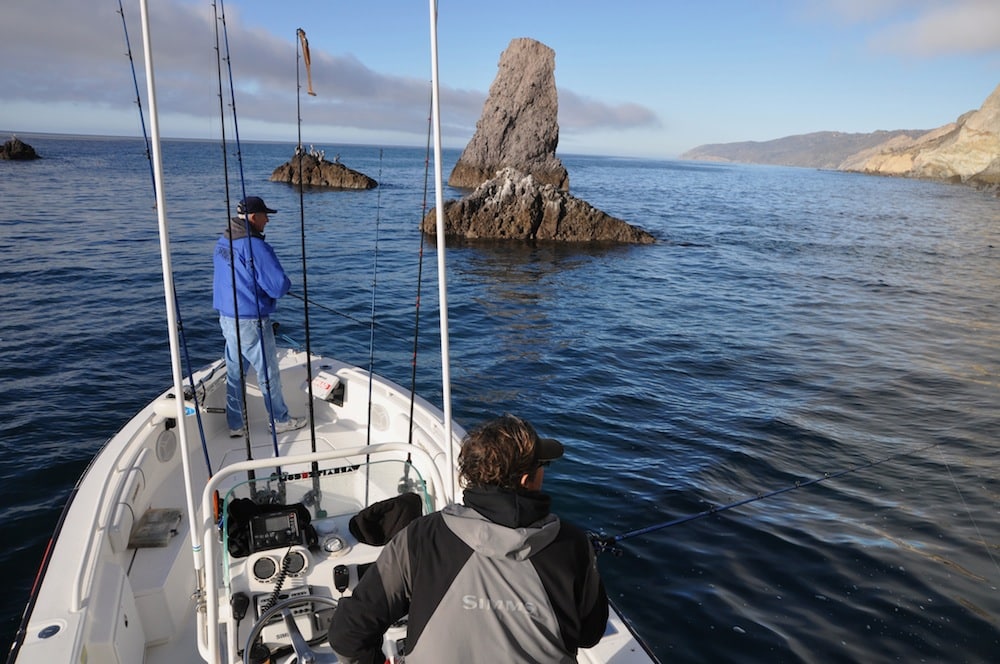
Buddy Up
It’s a bad idea to fish dangerous areas solo; at least one person needs to be focused on boat handling. “When we’re fishing close to shore, I’m 90 percent skipper, constantly looking over my shoulder,” Landesfeind explains. “That allows the other guy to be 90 percent angler, focusing on likely pockets and ripping off long casts.”
This division of responsibilities is critical because it’s easy for an angler to become fixated on fishing, particularly when trying to land a fish. Having a skipper on alert helps prevent lapses of awareness “While my guests are fishing, I’m always keeping my eyes peeled for danger,” says Hildreth.
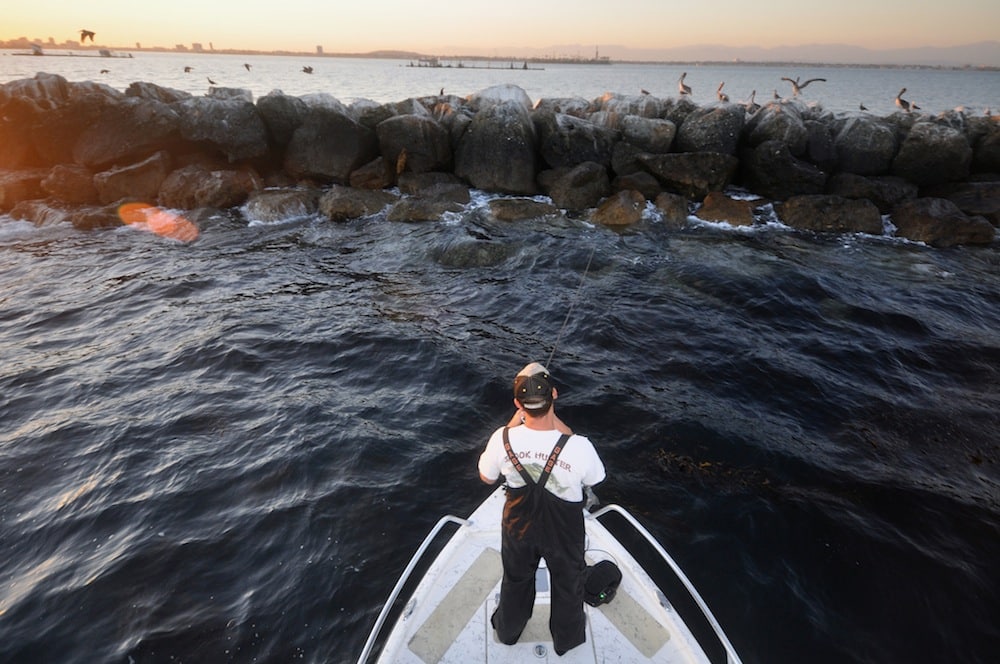
Communicate
Effective communication between the angler and crew keeps everyone alert and helps prevent injuries. It starts with encouraging crew to speak up if they see a big wave from a distance. But the skipper also needs to be clear when it’s time to run for safety.
“When I shout, ‘We’re going,” that means sit down and hold onto something,” says Capt. Jimmy Decker, a guide and tournament angler who fishes Southern California shores from an Everglades 243 bay boat with a 250 hp Suzuki outboard. Often, there’s no time to reel in or move about before the skipper accelerates; hence the need to get low and find a handle.
Hildreth, who likes to drift baits back into the surf zone, instructs his guests to remain seated when they are not fighting a fish, as the waves off the Georgia coast can jostle them around at any time. “Plus, that way, they’re already seated if I have to punch out in a hurry,” he adds.
Wear a Life Jacket
Among the anglers I interviewed, only one professed to wearing a life jacket while fishing in risky shore areas, yet all admitted that it was a good idea. Suspender-style inflatable life jackets allow for great mobility while fishing, and models that automatically inflate upon contact with water ensure that an angler will remain afloat, even if rendered unconscious — a critical safety feature for all boating anglers, whether fishing in the danger zone or stayng well offshore.

